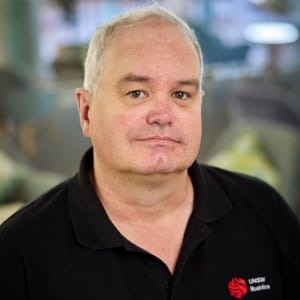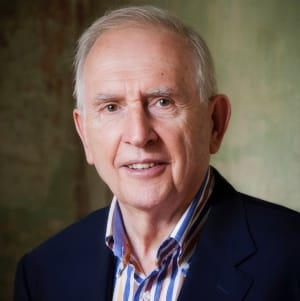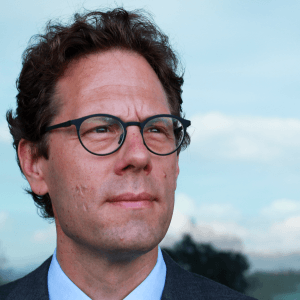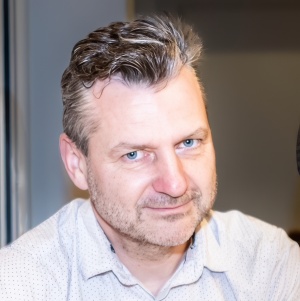Lecture delivered for the Four Societies Meeting:
“Geothermal energy – current state of play and developments”
Dr Stuart McDonnell, Geodynamics Ltd
Mr Stephen de Belle, Granite Power Ltd
Thursday 24 February 2011 at 6 pm
Hamilton Room, Trade & Investment Centre, Industry & Investment NSW, Level 47, MLC Centre, 19 Martin Place, Sydney
Meeting report by Donald Hector
The annual meeting of the “Four Societies” – the Royal Society of NSW, the Australian Nuclear Association, the Nuclear Engineering Panel of Engineers Australia (Sydney Division), and the Australian Institute of Energy – heard two perspectives on geothermal energy as a major energy source for the generation of electric power. The speakers were Dr Stuart McDonnell, chief operating officer of Geodynamics Ltd and Stephen de Belle, managing director of Granite Power Ltd. Both companies are developing ‘hot rocks’ technology for the generation of electricity. The technological concept behind this technology is straightforward enough: a source of hot rock, typically granite at temperatures of 150-300 °C at depths between 1500 m and 5000 m below the Earth’s surface, is identified. The rock is fractured and water is pumped under high pressure from the surface down through the hot rock where it is heated to very high temperatures. When the water returns to the surface, the energy is used to drive turbines which in turn generate electricity. The thermal resources in Australia are huge- in the Cooper Basin alone, there are hot rock deposits capable of generating as much electricity as burning 750 million tonnes of coal or 16 trillion cubic feet of natural gas.
Of course, the devil is in the detail. It is technologically challenging and expensive to drill to these depths. In addition, there are other significant technological challenges that need to be resolved such as fluid chemistry when the hot water reacts with the minerals in the rock and the components in the system, the ability to manage multiple fracture-zones in order to extract the maximum amount of heat, the gradual reduction of the temperature of the resource over time, and the challenges in creating viable, efficient heat exchanger designs in rock several kilometres beneath the Earth’s surface.
If these technological and economic issues can be overcome, geothermal generation is well placed to provide a substantial proportion of Australia’s baseload electricity demand. This could be as high as 2,300 MW of base-load capacity by 2020. Some government and private funding has already been committed with the intention to seek further capital from institutional investors during 2011.







